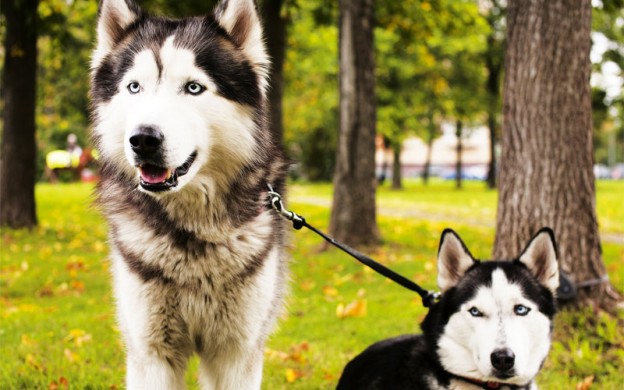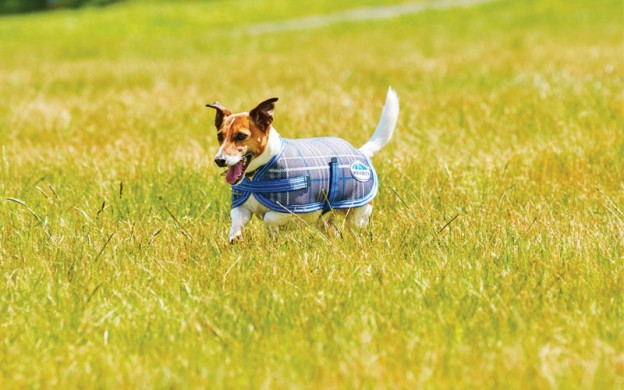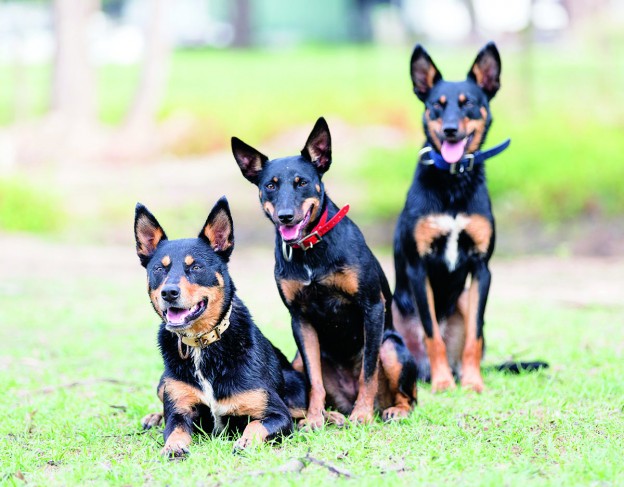
Sit, stay, come — Tim Falk examines the seven training commands every dog should know.
- Sit and stay
As far as dog training commands go, they don’t come any more basic than sit and stay. “Commands such as sit, down and stay are basic instructions that should be learnt to facilitate everyday life and activities,” says Katie Catherwood from Heads & Tails Pet Care Services. “For example, it is useful for a dog to lie down and stay on his bed while the family is busy cooking dinner in the kitchen. This is just one of many applications.”According to Alisa Sannikova, animal behaviour scientist from Sydney dog walking and training service Perfect Dog, a dog that will listen to you when you ask it to sit can be prevented or interrupted during all sorts of problem behaviours.“A jumping dog that sits is no longer jumping. A dog about to run across the road that sits is no longer moving forward into danger,” she says. “It’s also a good barometer for overexcitement or anxiety; a dog that won’t listen to a sit request may be too bothered to comply with anything at all, and that can be your cue to get it out of that situation any way you can until the dog calms down.”
- Come
A reliable recall is an indispensable part of being a responsible dog owner. We all know recall is important when you let your dog o!-leash, but even dogs that you never intend to release can get away from you anyway — fences can be jumped or damaged, collars and leashes can snap, doors and gates can be left ajar. “Having a dog that is willing and happy to come back to you is very important for peace of mind in these situations,” Alisa says. - Leave it and drop it
Although this command can be a difficult command to teach, Katie says it is hugely important. “If a dog is drawn towards a tempting but potentially hazardous object at the park (such as discarded food scraps), it’s vital that he can be told to ‘leave it’ and respond accordingly,” she says. Regardless of whether you’re at home or out and about, your dog is going to come across things you definitely don’t want her picking up.“I also like to teach dogs to ‘leave’ by using default objects that are dropped on the floor at home, unless explicitly told to grab them,” Alisa says. “This prevents dogs from running towards careless toddlers with snacks, or thinking that the pill bottle overturned by an elderly family member is something edible.”
Top training tips and techniques
Katie Catherwood from Heads & Tails Pet Care Services offers a range of useful tips to help you and your pooch get started on your training journey:
- Set up your dog to succeed.
- To maximise enjoyment for both parties, keep training sessions short, frequent and fun. The last thing you want is for your dog to become tired or bored.
- When learning new commands from scratch, dogs need to be provided with a completely distraction-free environment, such as a quiet area at home. Once commands have been mastered in private, they can be practised in public among disturbances such as noises, smells and other dogs.
- Use small, high-value rewards: “Something your dog will want to work for, such as roast chicken breast (not their mundane breakfast or dinner food),” Katie explains. “If your dog isn’t highly motivated, try rewarding with a coveted squeaky toy that is only used during training sessions.”
- Be consistent with your commands. Don’t change words, hand gestures or tone of voice as this will only cause confusion.
- Break down the commands into achievable chunks. “For example, start teaching recall from a 1m distance and increase from there — don’t begin from 100m away!”
The original article was published in DOGSLife issue #140. Subscribe to our magazine here.







